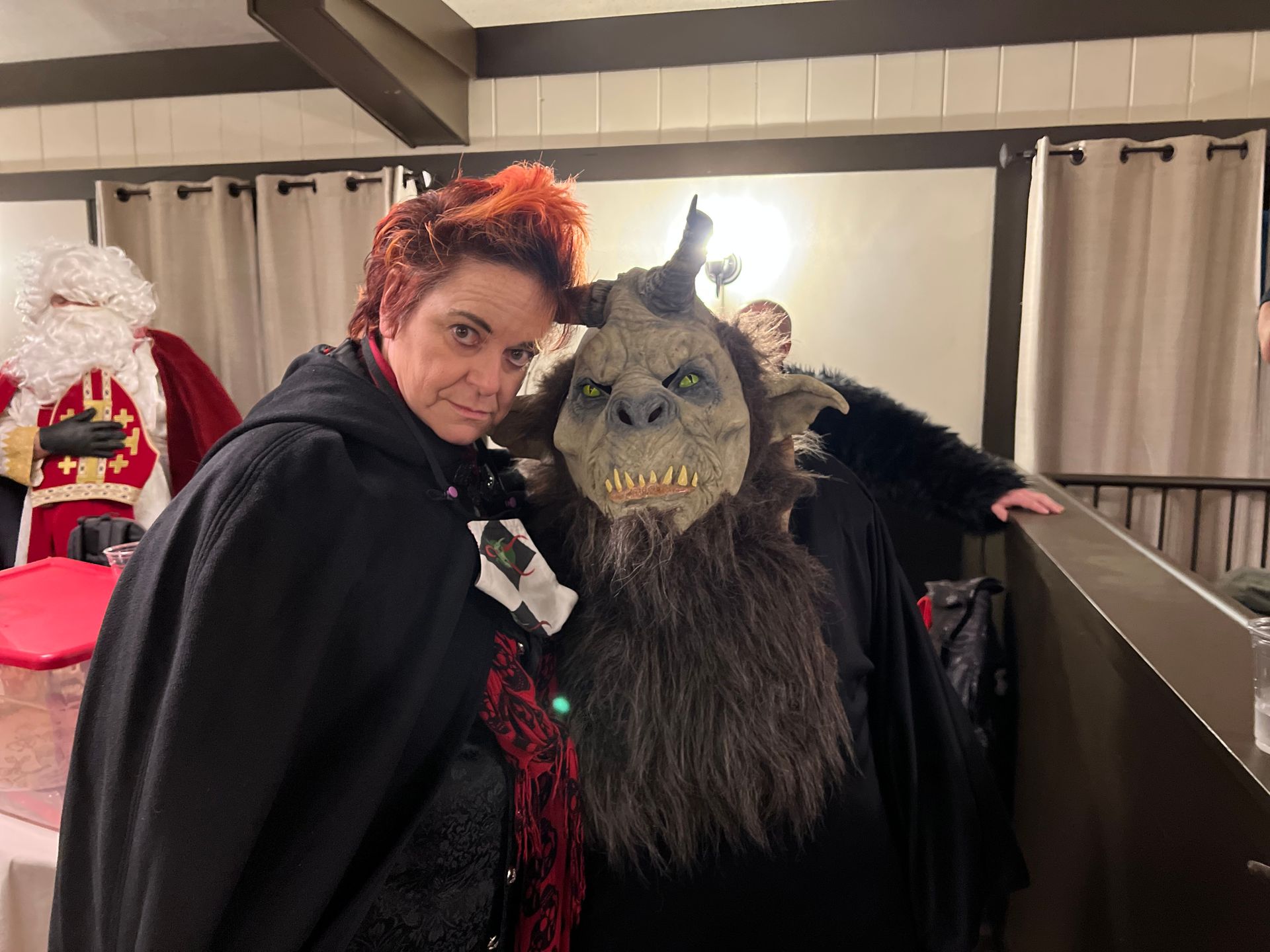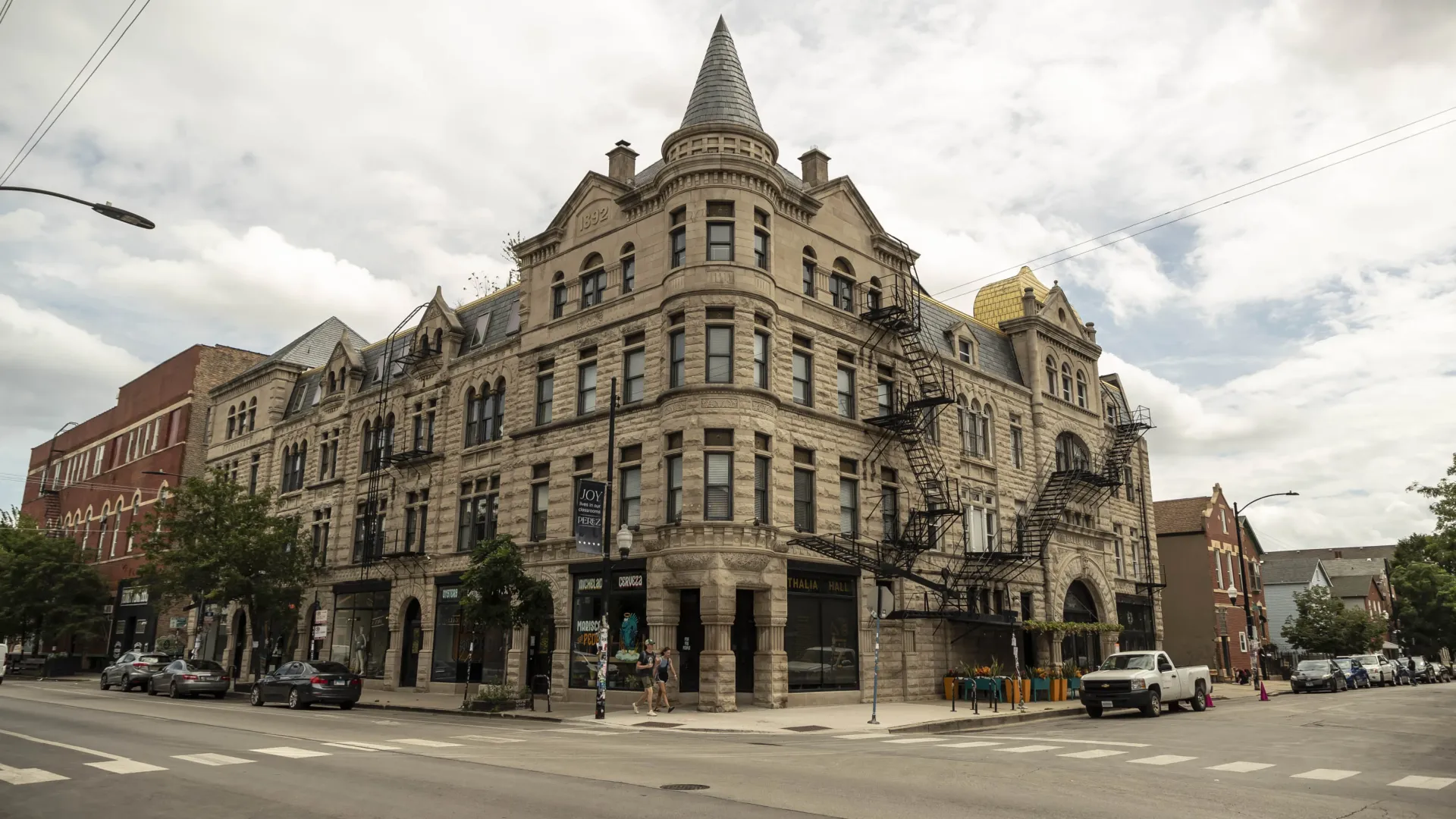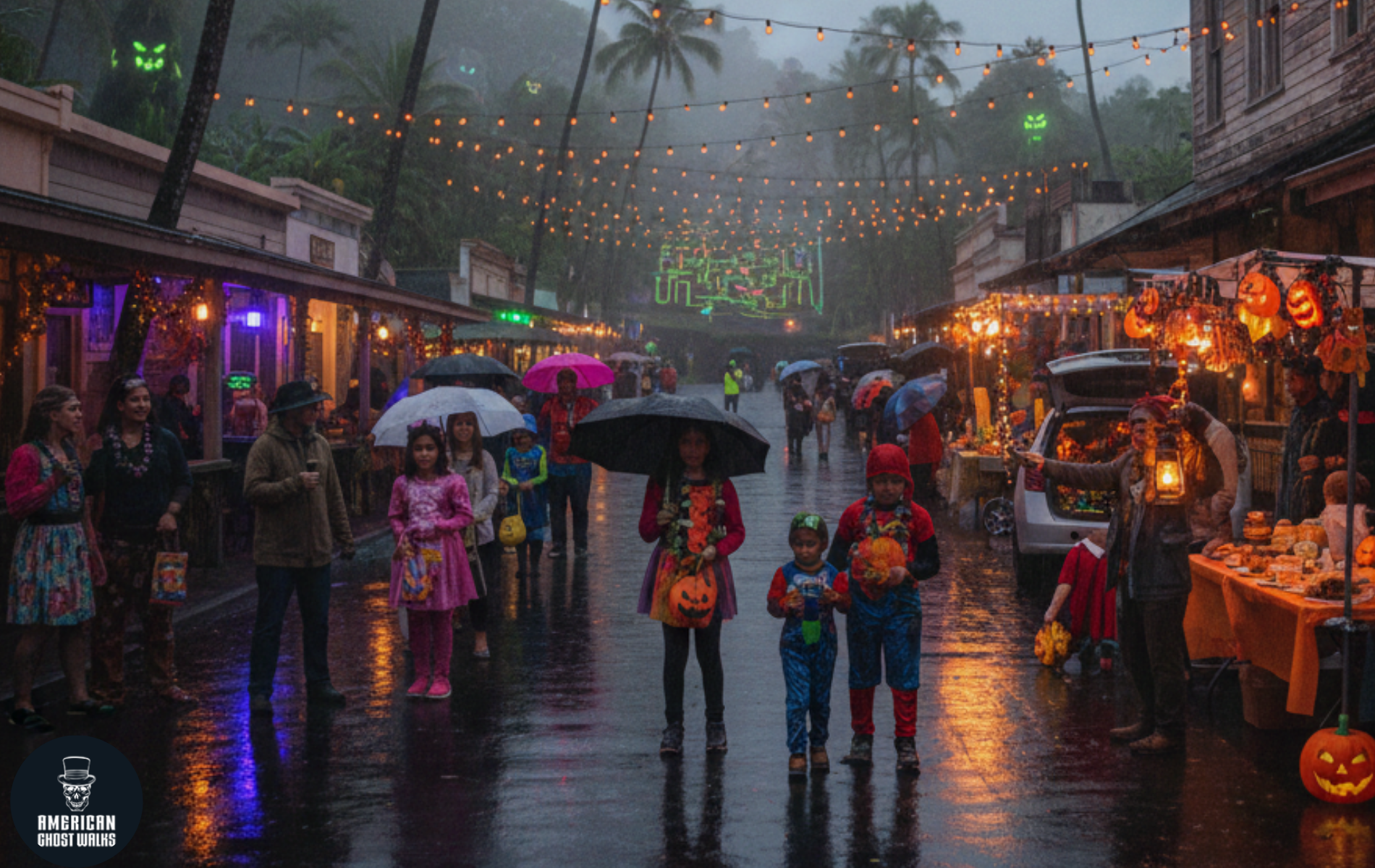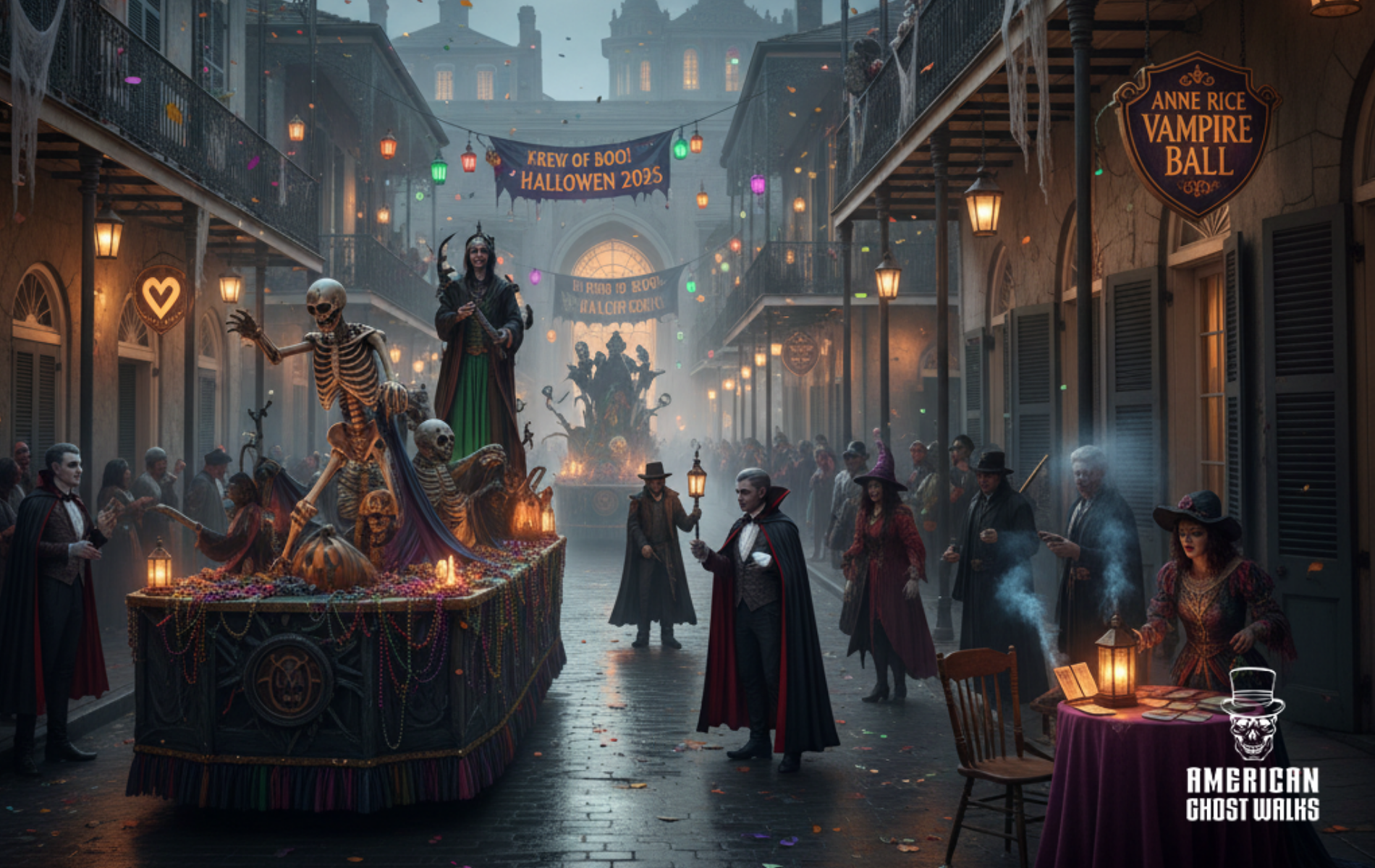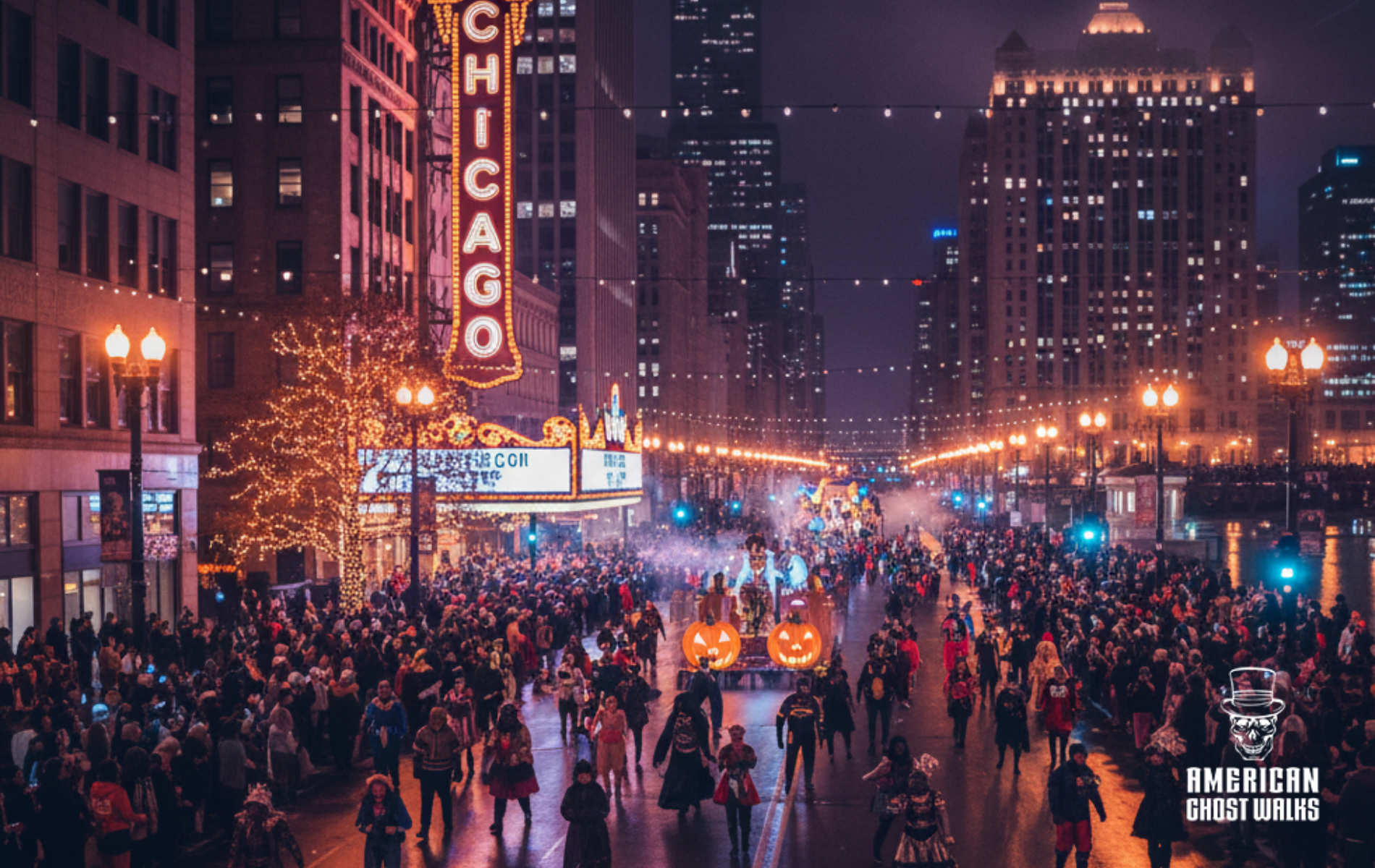Sleep Paralysis and The Paranormal: When Nightmares Feel Real
You’re awake, or at least you think you are. You can see your room in perfect detail, the outline of the door, the clock’s glow, the weight of your blanket. But something’s wrong. You can’t move. You can’t scream. And then, you see it. A figure in the doorway. A shadow on your chest. Something inhuman, watching you.
This is sleep paralysis, and for centuries, people have believed it’s a gateway to the paranormal.
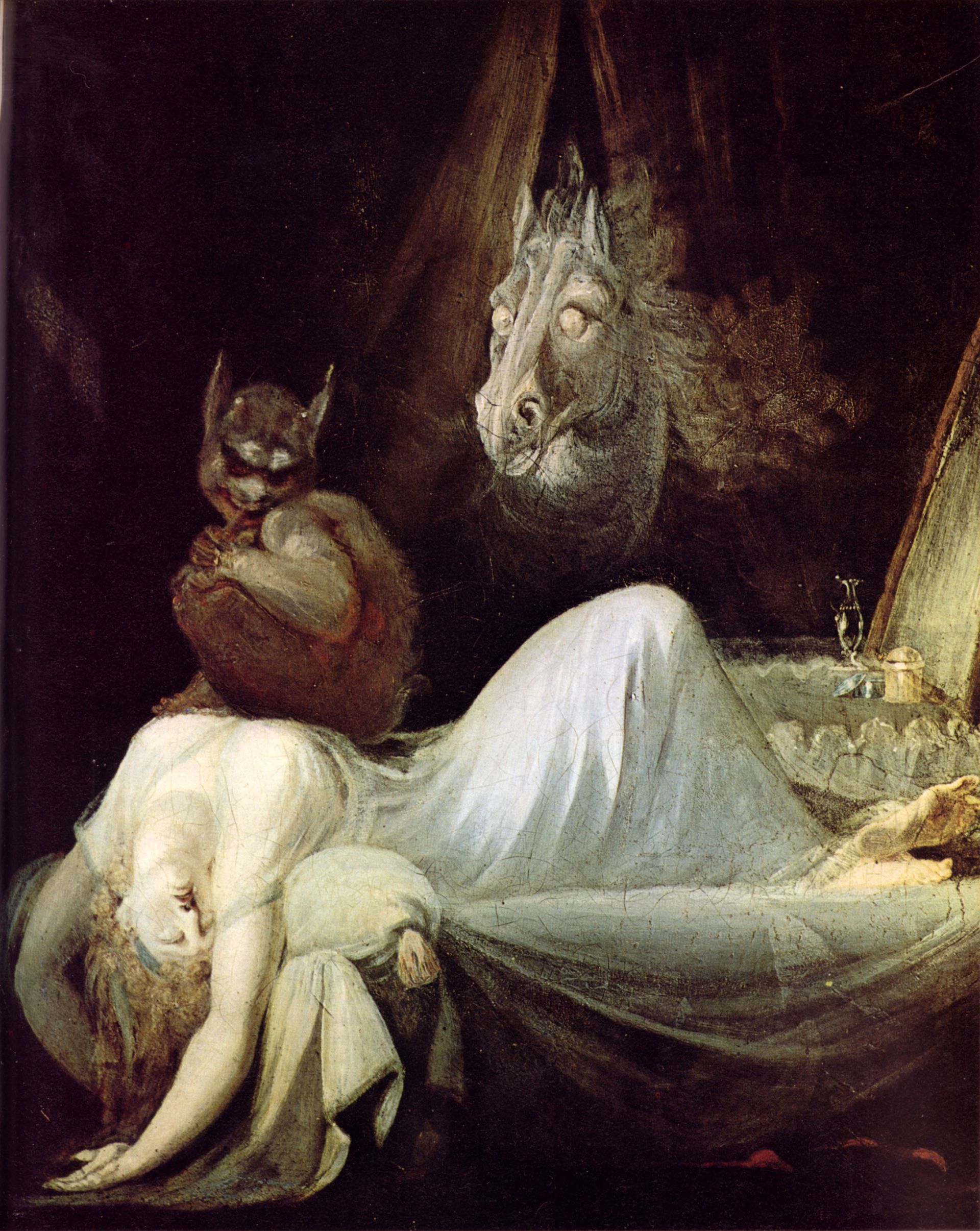
The Universal Terror
Every culture has a name for it:
- The Old Hag in Newfoundland
- The Popobawa in Zanzibar
- Kanashibari in Japan
- Pisadeira in Brazil
- The Hmong dab tsog, an evil night spirit that suffocates its victims
The earliest term “nightmare” didn’t mean a bad dream. It referred to a mare, a supernatural being who sat on your chest and made it impossible to breathe. The German Alp and Scandinavian Mara share similar traits, paralyzing you during the night, inducing fear and suffocation. Some even believed these creatures caused sleepwalking or sudden death.
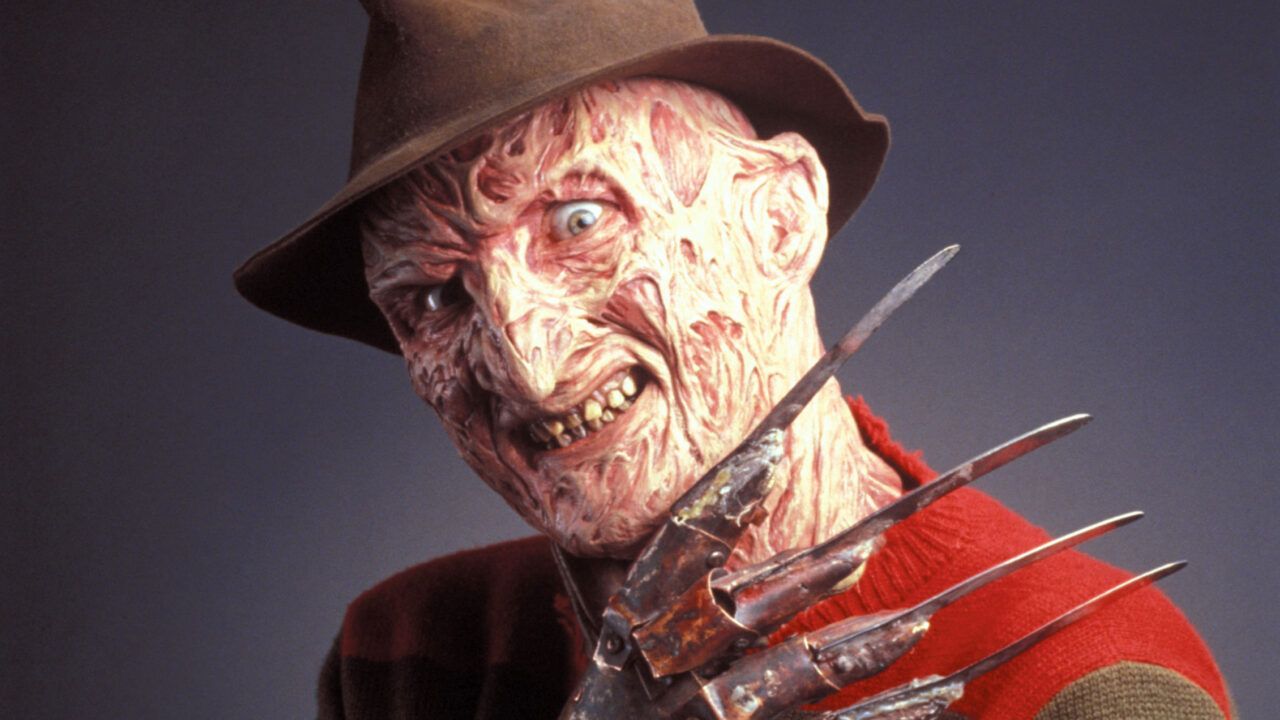
When Nightmares Kill: The Hmong Deaths and Freddy Krueger
In the late 1970s and early 1980s, over 100 healthy young men, mostly Hmong refugees who had fled war-torn Laos, died mysteriously in their sleep. There were no signs of trauma, no medical explanation. Just sudden death, often after reports of terrifying dreams and sleep paralysis episodes. The CDC labeled it Sudden Unexpected Nocturnal Death Syndrome (SUNDS).
The Hmong believed they were being attacked by a spirit called dab tsog, a crushing night demon. Many refused to sleep, terrified they’d be next.
One specific case reported by the Los Angeles Times featured a boy who told his parents that something was chasing him in his dreams. He stayed awake for days, sneaking coffee and avoiding sleep. When he finally did drift off, he died in the middle of the night.
This real-life horror inspired filmmaker Wes Craven to create Freddy Krueger in A Nightmare on Elm Street, a dream-stalking demon who could kill you while you slept. If you died in the dream, you died in real life.
The line between sleep and death had never been thinner.
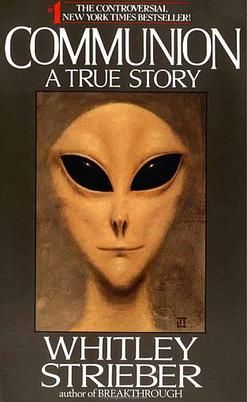
Personal Encounters with the Paranormal
My own brush with sleep paralysis wasn’t just frightening. It shaped how I view the paranormal today.
It was the summer of 1989. I was about to start junior high and had just read Whitley Strieber’s Communion, with its haunting image of a gray alien staring out from the cover. That face embedded itself in my subconscious, following me to bed.
Then one night, I woke up. I could see my room, the desk, the dresser, the hall light barely peeking under the door. But I couldn’t move. I couldn’t even scream. My chest felt heavy, like something was sitting on me.
And that’s when I saw them.
A ring of pale, gray faces hovered above me, those familiar almond-shaped black eyes staring silently. I was paralyzed but fully conscious. It wasn’t like a dream, it felt hyper-real. Time stretched. My panic grew. Then they vanished.
When I snapped out of it, I sat up gasping for air, heart pounding. It was my first experience with sleep paralysis, and it wouldn’t be my last.
Only later would I learn what I’d experienced was a hypnopompic hallucination, common in sleep paralysis. But at the time, it felt like they had come for me.
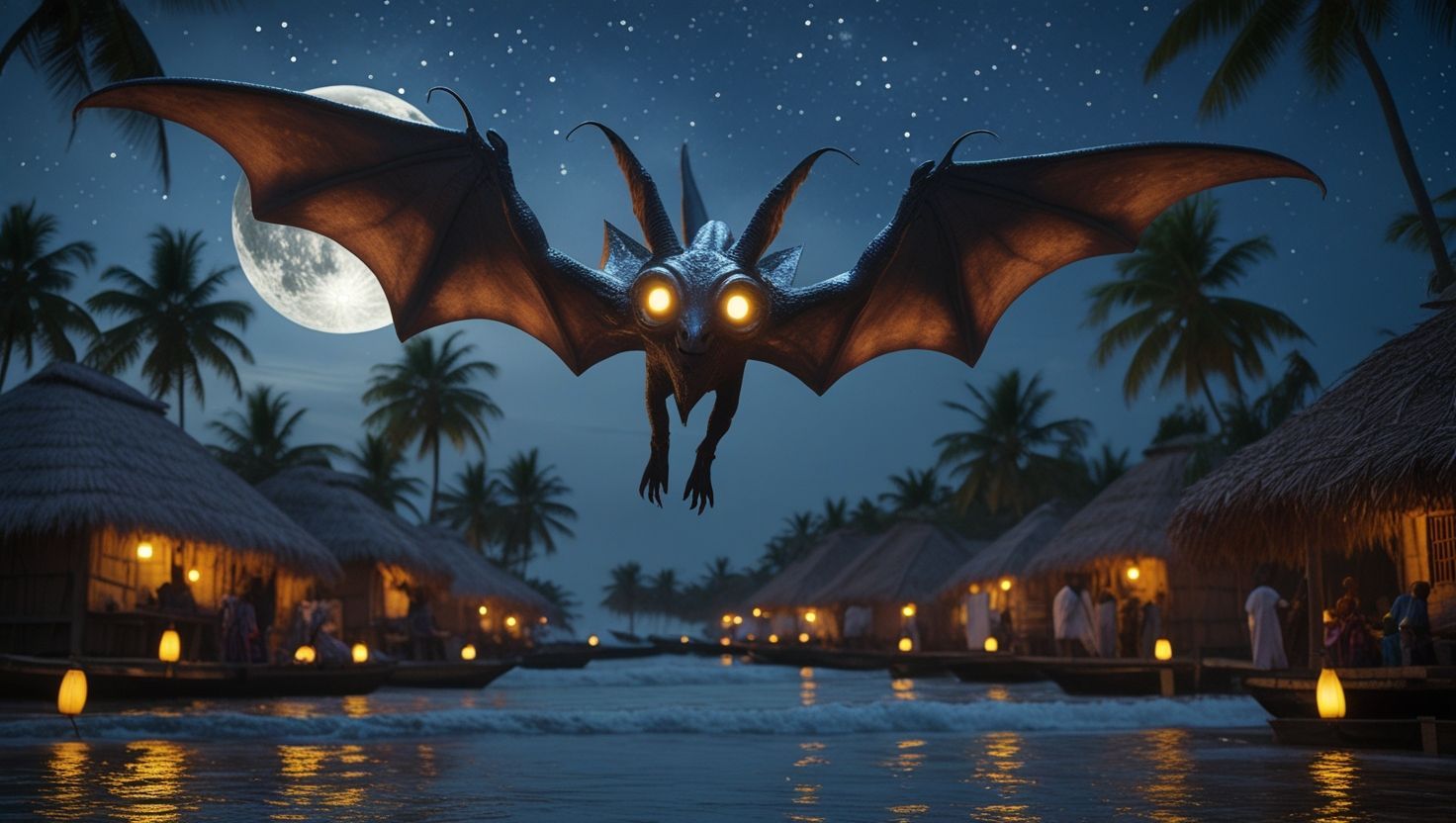
The Popobawa: Fear That Spreads
In Zanzibar and nearby islands, the Popobawa, a shape-shifting bat demon, has terrorized communities for decades. During outbreaks of Popobawa panic, men sleep outdoors in groups, some armed with weapons, convinced the creature is real.
Victims of Popobawa attacks often report feeling paralyzed, unable to scream, with a heavy presence in the room. Some describe being sexually assaulted by the entity, echoing folklore from other cultures about demonic nighttime visitors.
Anthropologist Dr. Martin Walsh studied the phenomenon and noted how Popobawa stories often spike in times of social upheaval. Whether it’s collective trauma, repressed anxiety, or a supernatural predator, the Popobawa is a chilling reminder of how culturally specific yet globally recognizable sleep paralysis can be.
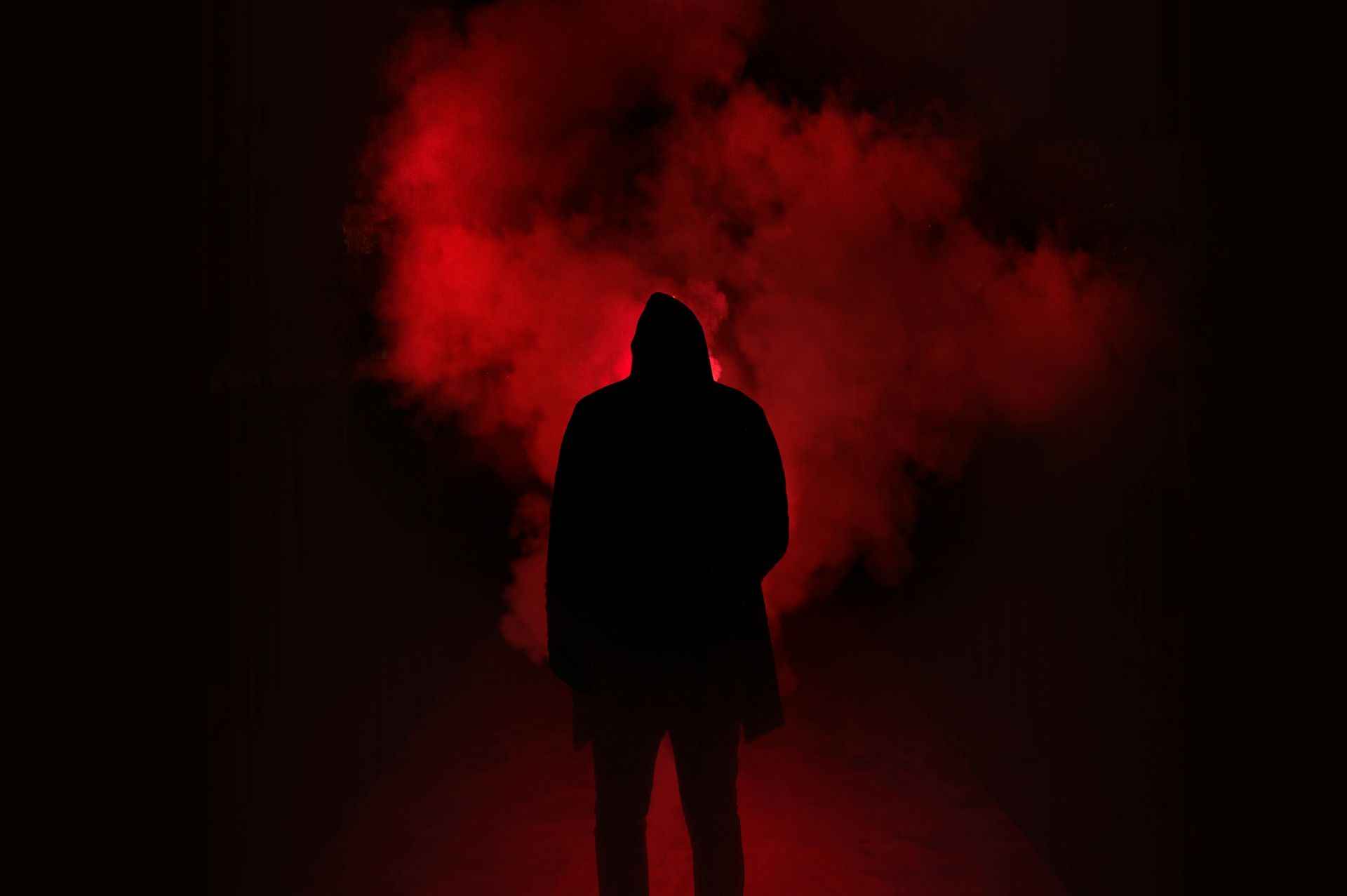
The Nightmare: A Shared Experience
Filmmakers Adam and Drew Gray captured this terror in their chilling documentary-horror hybrid The Nightmare. Inspired by their own experiences and hundreds of stories they found online, the film explores sleep paralysis through interviews and dramatizations.
One of the brothers recalled waking up to a shadow figure watching him silently from the corner of his room, a classic sleep paralysis experience. The film’s subjects described identical phenomena: frozen limbs, electric buzzing, a shadowy intruder creeping closer. Many had never told anyone, thinking they were alone.
But the scariest part? After the film aired, new viewers began reporting their own episodes, suggesting the experience might be contagious.
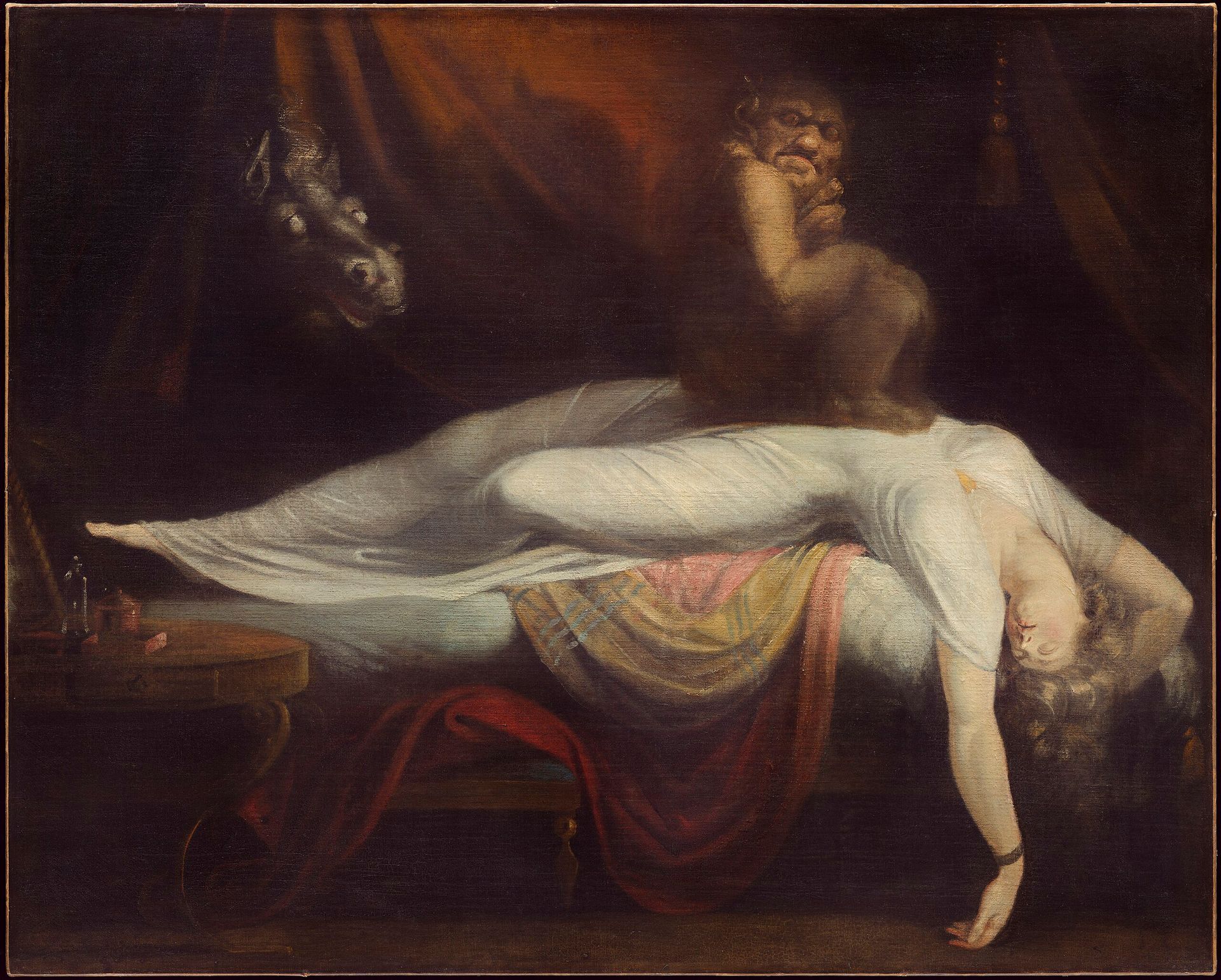
The Incubus and Succubus: Demons in the Dark
In medieval Christian Europe, sleep paralysis was interpreted as a visit from demons:
- The incubus, a male demon, would climb on top of women, holding them down and violating them.
- The succubus, his female counterpart, seduced and drained men, sometimes to death.
Victims awoke feeling exhausted, ashamed, and terrified to go back to sleep. These experiences were often cited in religious texts as proof of spiritual warfare.
What’s remarkable is how often modern sleep paralysis includes sexual or invasive elements. One woman described a rough, sandpaper-like tongue licking her face before the entity climbed on top of her. Others report feeling hands around their neck or whispers in their ear.
It’s as though the ancient incubus still finds ways to crawl out of our unconscious.
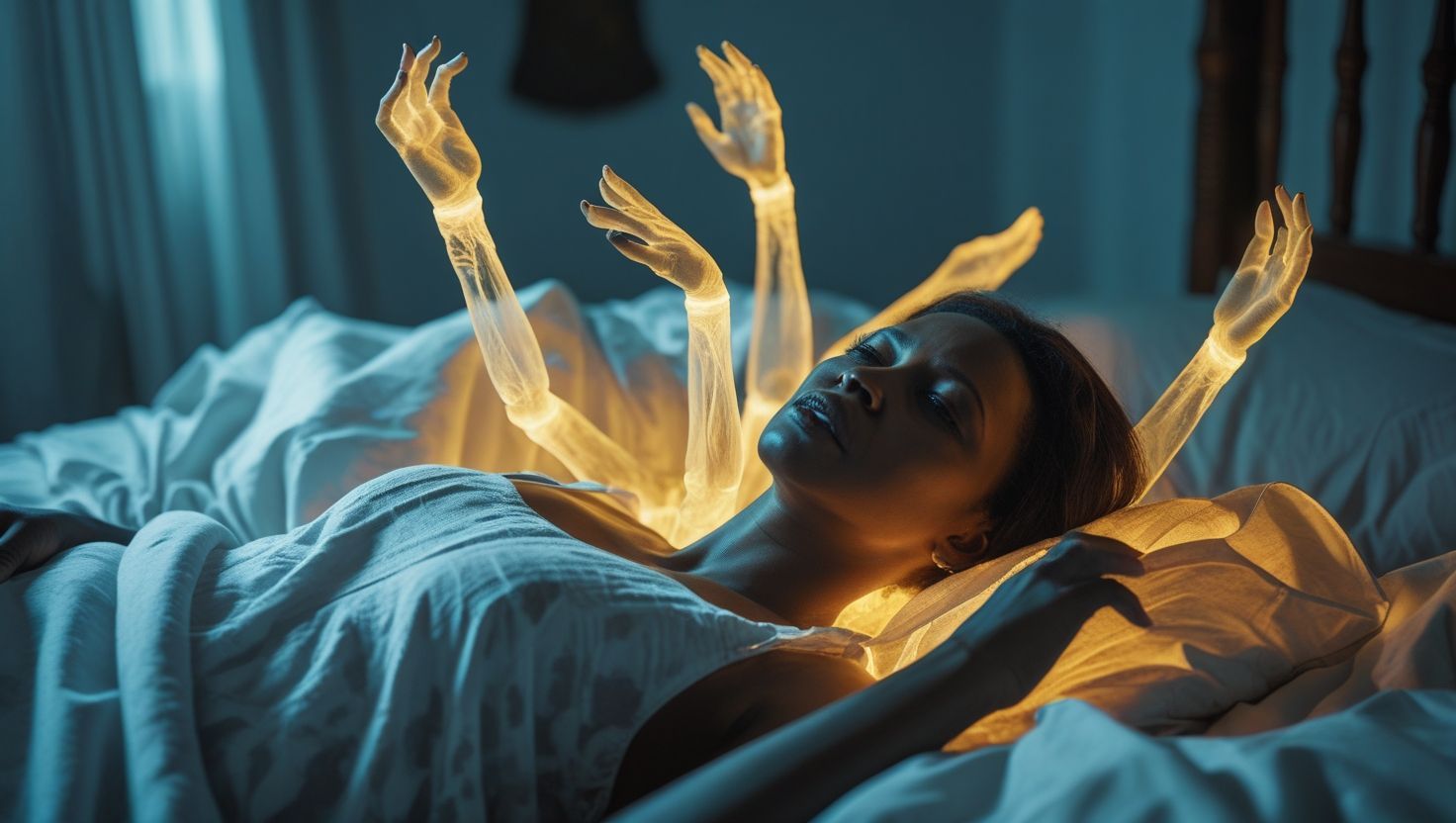
The Virgin Islands Nightmare
One of the most chilling modern accounts comes from a woman in the Virgin Islands who told her story to the Caribbean Mystics podcast.
Her partner woke to find her sitting up in bed, eyes open, unblinking. She was unresponsive and rigid. When she finally snapped out of it, she gasped and said only, “They were trying to take me.”
She described translucent, long-limbed beings with glowing auras surrounding her. One pressed on her chest. Another whispered in an unintelligible language. She could see everything around her, the room exactly as it was, but couldn’t move.
Locals whispered about jumbies, Caribbean spirits known to roam at night, sometimes snatching souls or draining energy. Whether it was a jumbie or something else, she never slept without a light on again.
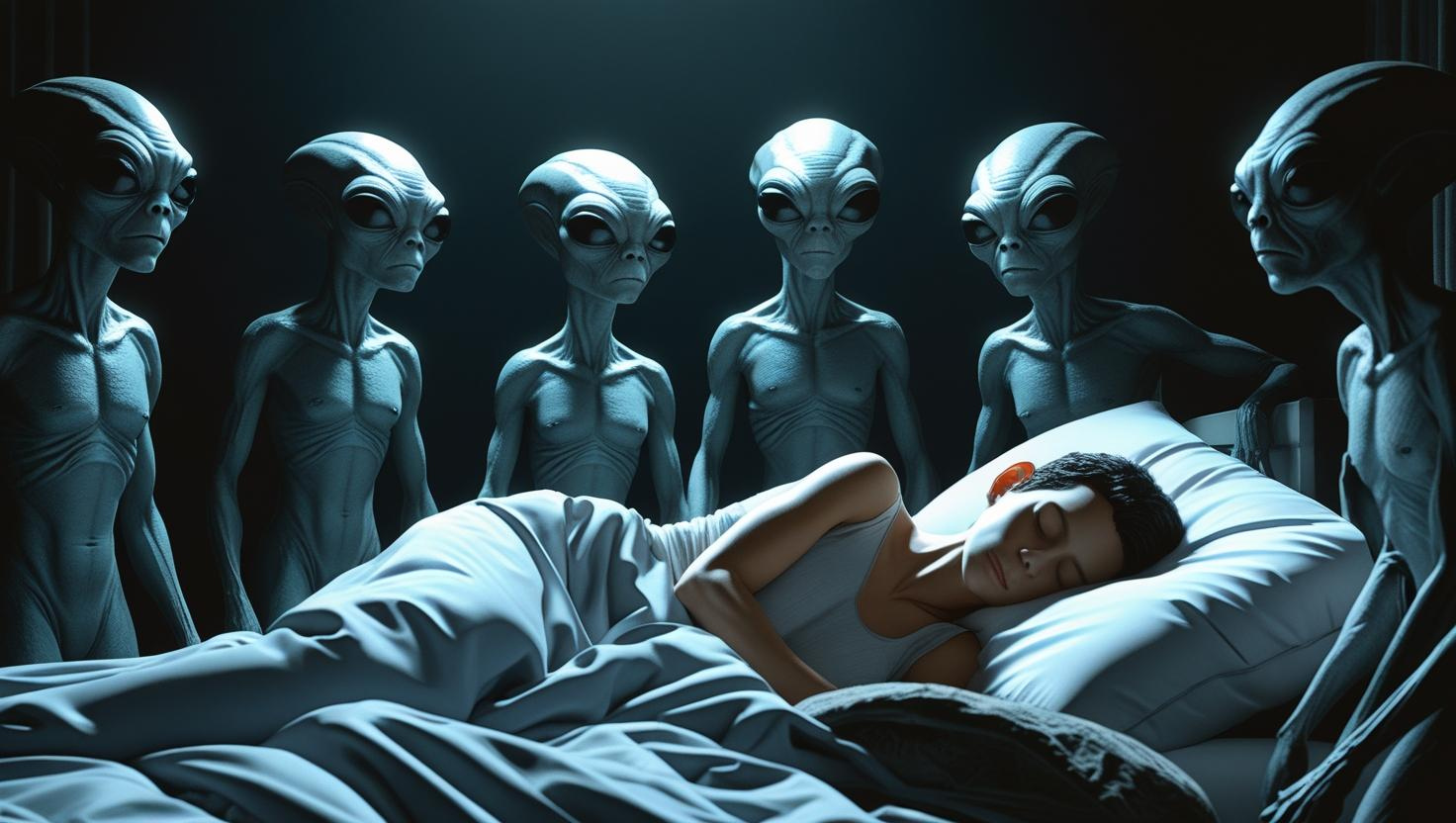
Alien Abductions and Shadow People
Sleep paralysis overlaps eerily with alien abduction stories:
- Bright lights
- Missing time
- Being lifted from bed
- Cold, surgical beings standing by the bedside
And Shadow People, faceless figures in trench coats or hats, have become a pop culture phenomenon. People see them hovering in doorways, peeking from corners, or straddling their chest. Their movements are unnatural, like bad stop-motion animation. And they often appear just before the paralysis sets in.
What Science Says
Sleep researchers blame REM atonia, a normal body paralysis during dream sleep. Occasionally, the brain “wakes up” while the body is still locked. You’re caught between dreaming and consciousness, creating vivid hallucinations that feel indistinguishable from reality.
But science doesn’t make it any less terrifying in the moment.
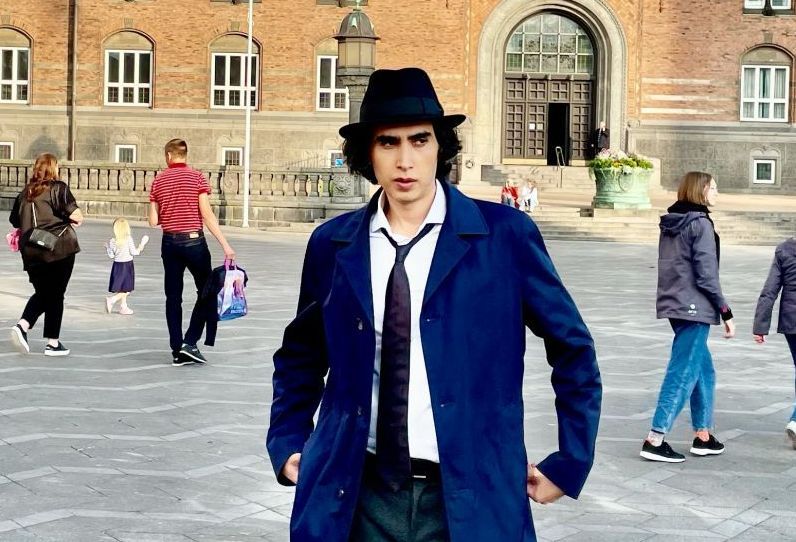
Can You Stop It?
You’re more likely to experience sleep paralysis if you:
- Sleep on your back
- Have high stress or anxiety
- Maintain irregular sleep patterns
- Have PTSD, trauma, or narcolepsy
To cope, Dr. Baland Jalal recommends Meditation-Relaxation Therapy:
- Reframe the attack. It’s neurological, not paranormal.
- Emotionally detach. Fear fuels the hallucination.
- Meditate inwardly. Focus on positive imagery or mantras.
- Relax the body. Fighting makes it worse. Let it pass.
Some sufferers also report relief through spiritual practices, prayer, protective symbols, or mentally confronting the entity.
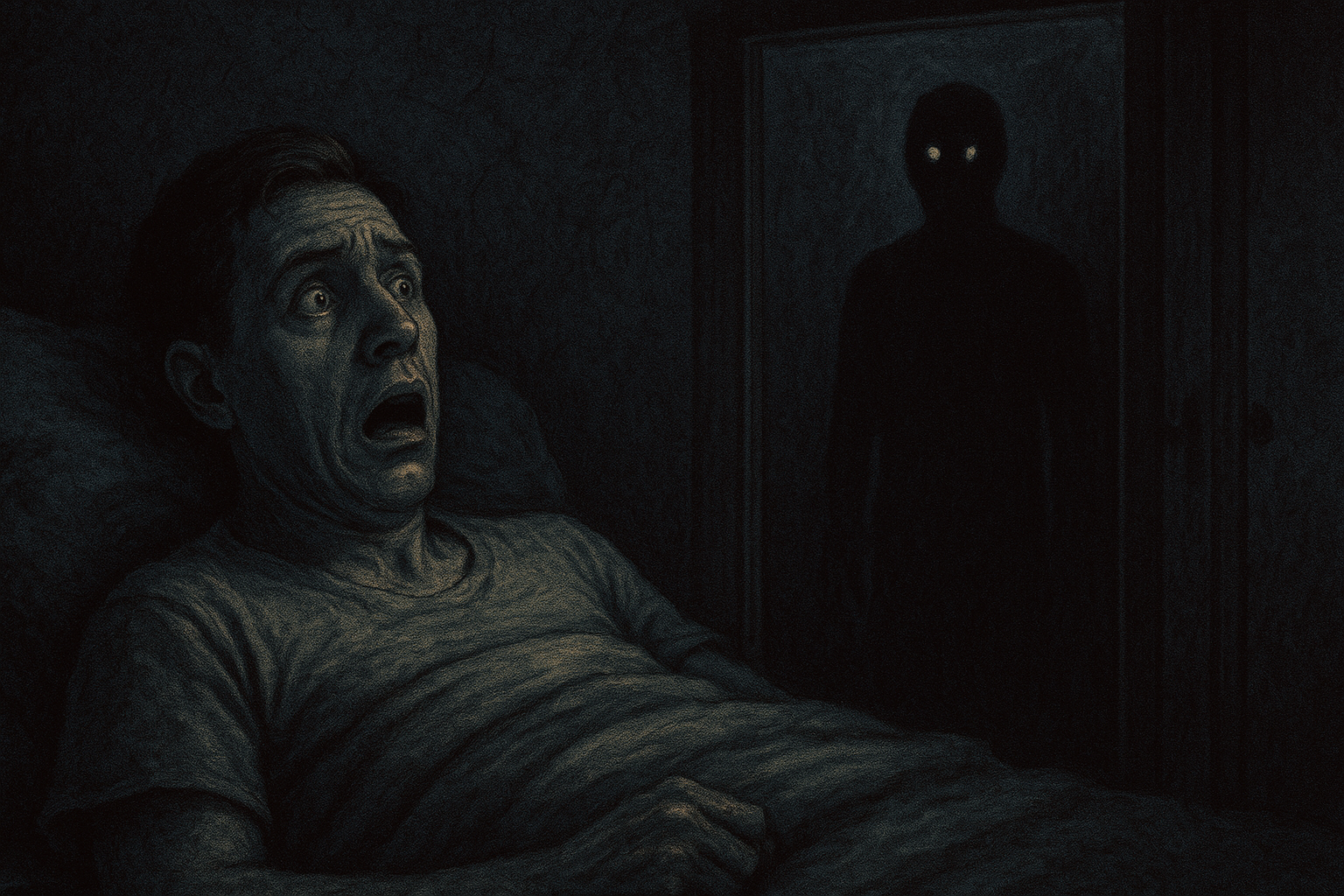
Between Sleep and the Supernatural
Whether a brain glitch, a cultural artifact, or a real brush with something beyond, sleep paralysis is a portal. To fear, to folklore, and possibly to something we don’t yet understand.
So next time you wake frozen in bed and feel something moving in the dark, just know:
You’re not alone.
You never were.

